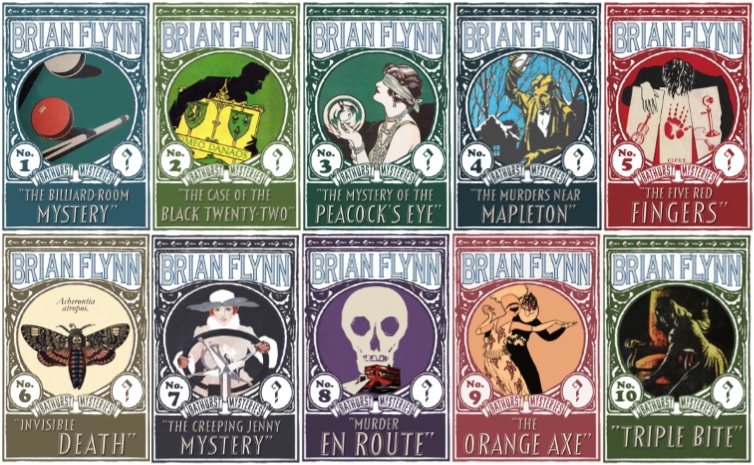 1311, Holyrood Abbey on the Welsh marshes. The abbey was founded as both a prison and a vault, guarding both a masked prisoner and the priceless dagger that nearly stole the life from Edward I during the Crusades, staffed by the late Edward’s former order of bodyguards, now having taken holy vows. By all accounts, the Abbey should be a place of peace – but both inside the walls, and outside, in the valley beyond, dark forces are plotting.
1311, Holyrood Abbey on the Welsh marshes. The abbey was founded as both a prison and a vault, guarding both a masked prisoner and the priceless dagger that nearly stole the life from Edward I during the Crusades, staffed by the late Edward’s former order of bodyguards, now having taken holy vows. By all accounts, the Abbey should be a place of peace – but both inside the walls, and outside, in the valley beyond, dark forces are plotting.
Sir Hugh Corbett is summoned to the abbey to find it in disarray. The Abbot has been poisoned, and the monks are dying one by one, struck down by an iron nail pounded into their heads – and despite being former warriors, their bodies show no signs of a struggle… With the untrustworthy Lord Mortimer and French agent de Craon in attendance, Corbett is short of people he can trust. And all the time, the Black Chesters, a dark cult that Corbett thought he had ended, are gathering…
It’s been a whole two books since I last reviewed something by Paul Doherty. Gone are the days when I would just plough through book after book by the same author, but when writing up the review of In The Time Of The Poisoned Queen, I thought I’d check when Paul’s next new title was coming out, and wouldn’t you know it…
This is the twentieth Hugh Corbett mystery, the third since he returned from his six-year hiatus, and for fans of the earlier books, we are now in the reign of Edward II, a less imposing monarch than his father. This book takes place away from court though, and the only figure that the layman (i.e. me) might recognise is Roger Mortimer, the future deposer of the king, although that’s a few years off at this point.
A little knowledge of the history surrounding the time enriches the reader, but it’s not at all necessary, as Paul tells you everything you need to know in the course of the story and, in the epilogue, details which parts of the narrative are fact and which are fiction. Historical language and dialogue are woven into the plot, with the author not feeling the need to define every archaic term, only the essential ones. If the meaning is clear from the context, there’s no need to pause the action and, given the break-neck pace of parts of this tale, it’s a sensible choice from the author not to do so.
But, based on the general comments I get, you’re probably not here for the quality of the history, but the quality of the mystery – and it’s a cracker. The motivation for the crimes is rather complex, but this is a fairly clued puzzle, with a proper impossible crime – you could see the “how can you hammer a nail into someone’s head without them resisting” question as impossible, but when it happens to two prisoners who are locked inside a jail cell…
There’s also a section… well, it’s hard to say much without spoiling some important developments, but just when you think it’s all over, he reveals some large problems with Corbett’s theories, problems that the reader won’t have spotted but ought to have, and deals with them magnificently. I can’t say any more – just read the book.
This is another great entry into the Hugh Corbett series – you may recall me saying the same thing about the previous fifteen books at least (there’s a marked improvement at book five, but the first four have their charms) – and I think it’s the best of the recent three. If I had to have a niggle at something, some of the background exposition is given twice early on from two different points of view, but there didn’t seem to be anything gained from the second telling. But that’s two pages to moan about – the other 340? Near perfect.
Availability: It’s out today! How’s that for perfect timing? It’s available in hardback and ebook, with the paperback on the way in November. Many thanks to Headline and Paul for the review copy.
